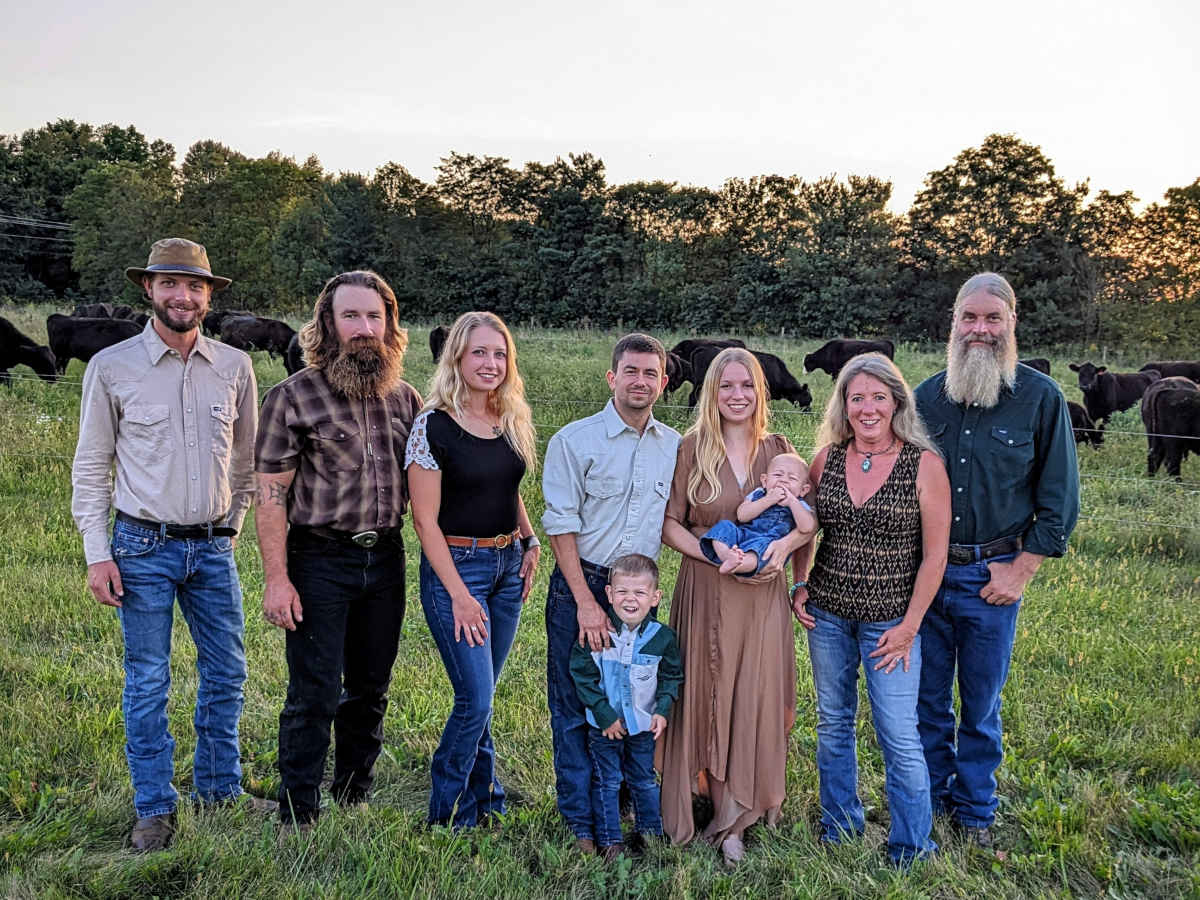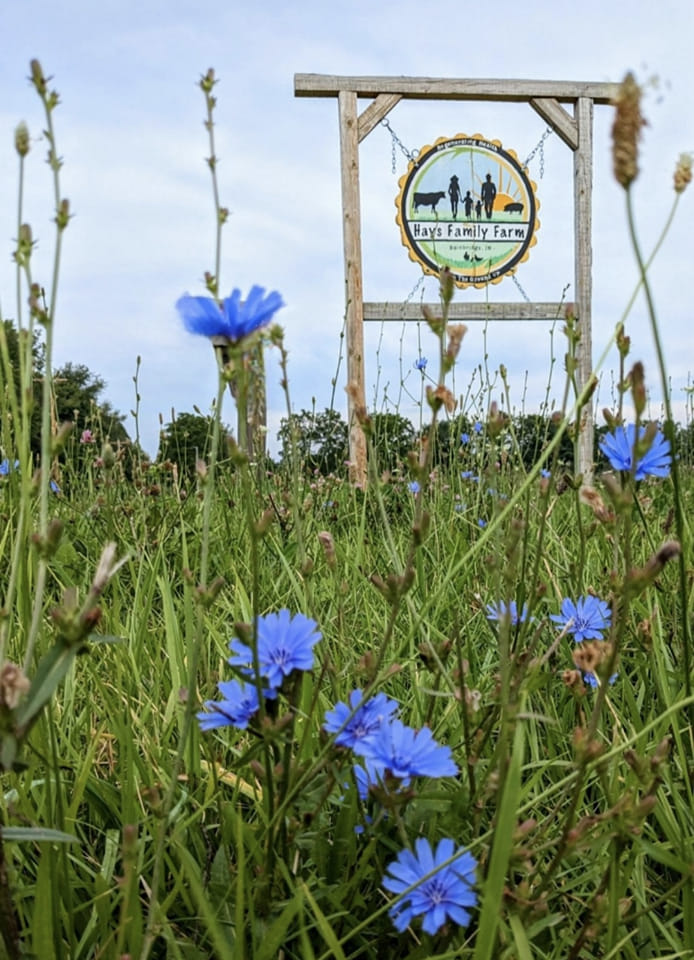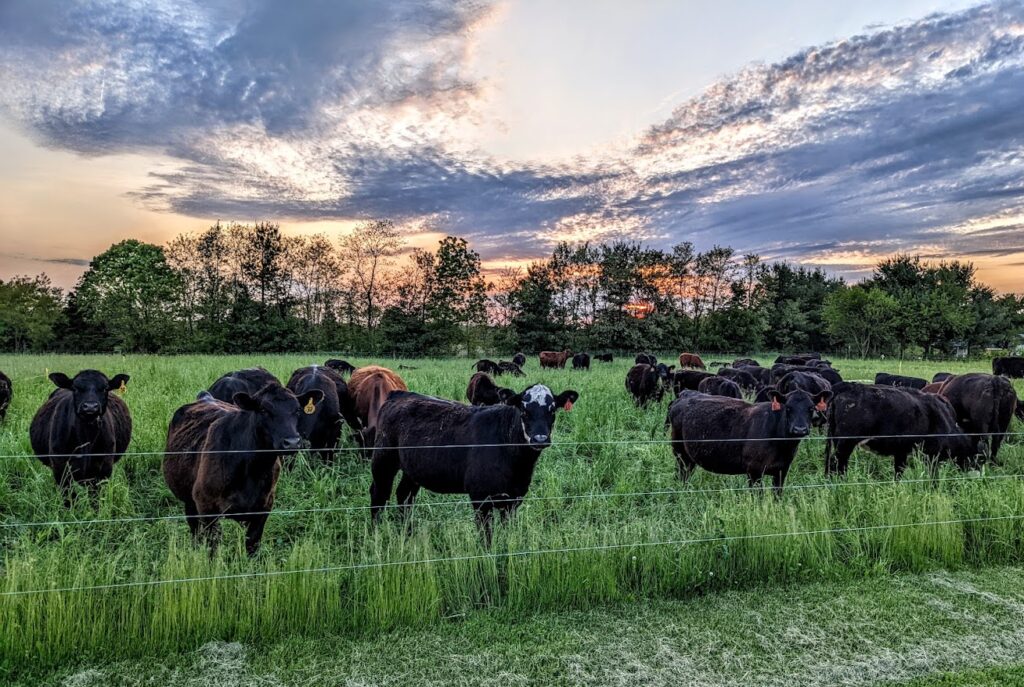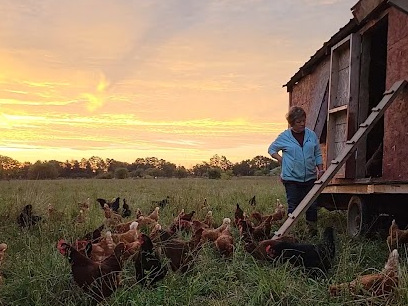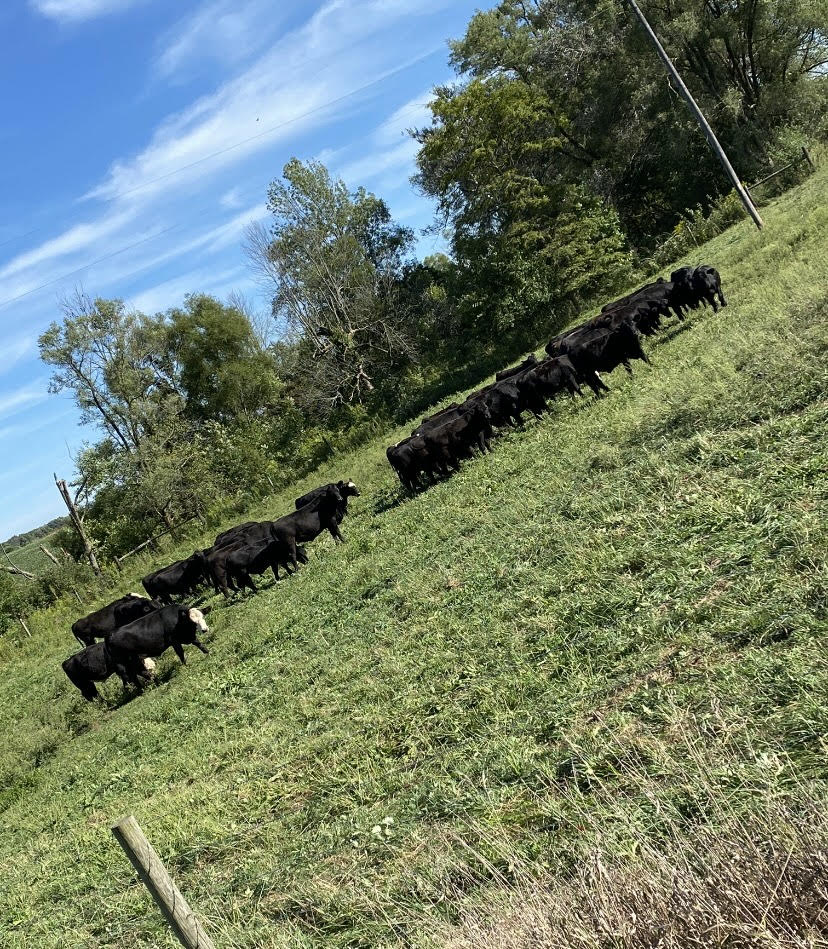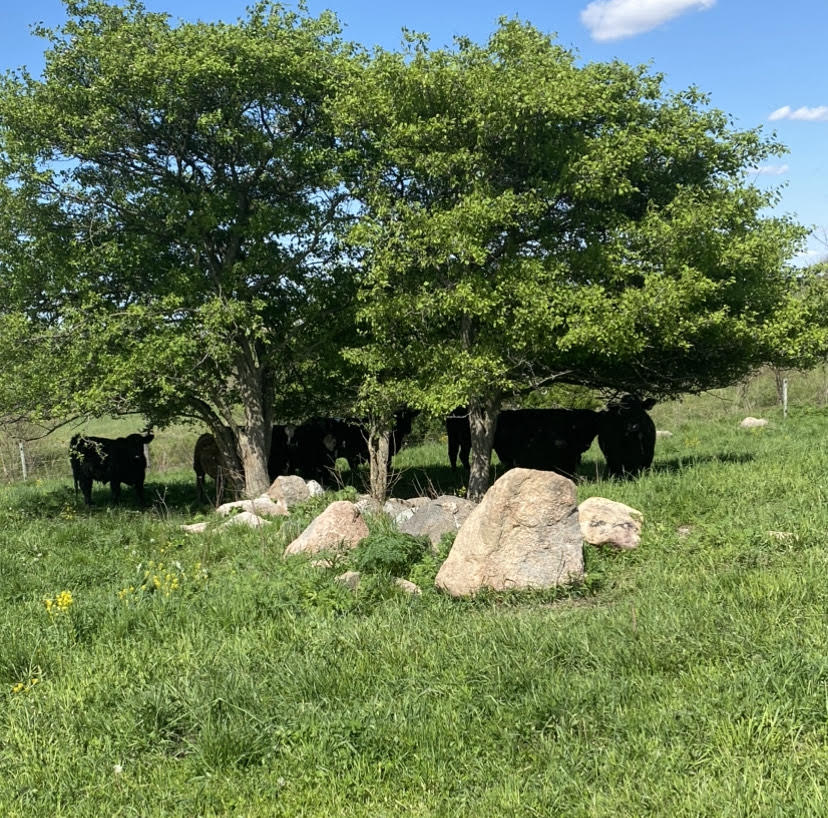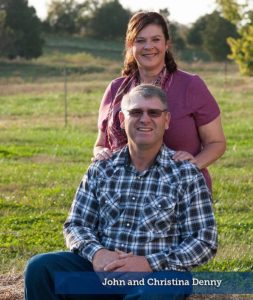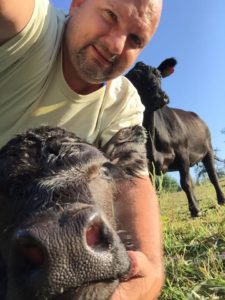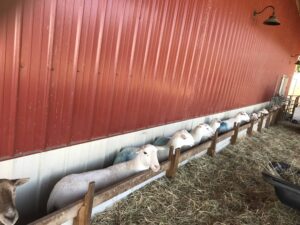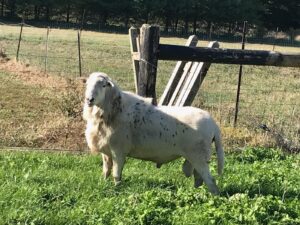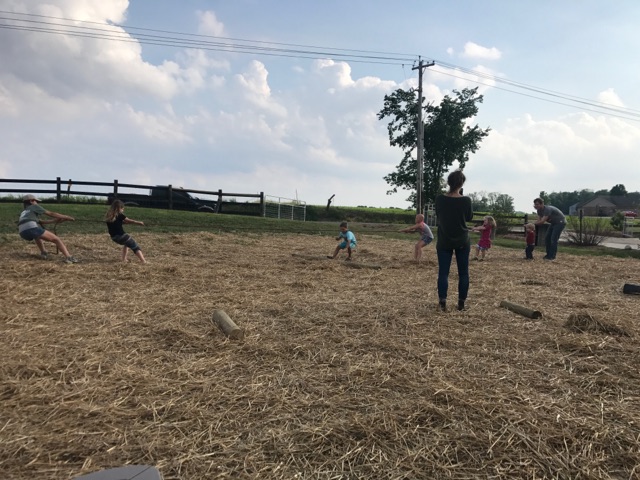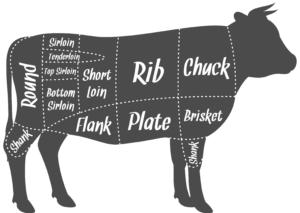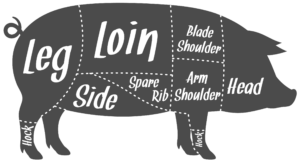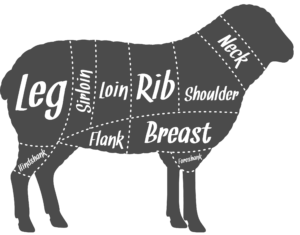By Tim Barker St. Louis Post-Dispatch (TNS)
ST. LOUIS — Five years ago, Dan Beyers took his farm in a new direction. Or, rather, back in an old direction. The Pana, Ill.-area farmer had been using corn and soybean seeds genetically modified to work with glyphosate — the generic name for Monsanto’s signature Roundup herbicide. But he reached a point at which he said it no longer made sense from a dollars standpoint.
“As they added more traits, we didn’t really see a yield advantage. And every time they added a trait, they added cost,” said Beyers, who also worries that GMO seeds could be damaging his soil.
Clearly the world of farming is still dominated by seeds that have been genetically altered to help them deal with drought, insects and weeds. But there’s anecdotal evidence suggesting that more farmers are considering the path Beyers has chosen.
Several factors are in play, including the premium prices that non-GMO crops — particularly soybeans — can fetch at the market. But also there is growing concern about the decreasing effectiveness of glyphosate, with farmers increasingly running into weeds that have developed resistance to the herbicide that revolutionized modern farming.
Regardless, GMO seeds are in no danger of being pushed out of the market, with recent acreage surveys by the U.S. Department of Agriculture showing they account for more than 92 percent of our corn and soybeans. And there are new seed-herbicide combinations — using Dicamba and 2,4-D — on the way to help farmers deal with the weakening powers of glyphosate.
“There’s very little change for the country as a whole,” said Pat Westhoff, director of the Food and Agricultural Policy Research Institute at the University of Missouri.
Monsanto, based in the St. Louis suburb of Creve Coeur, agrees.
The company’s large seed portfolio is dominated by GMOs, but it does produce a range of conventional corn, soybean and cotton seeds. They represent a small percentage of the company’s U.S. sales, and there has been no spike in demand, a spokeswoman said.
“Most farmers look to Monsanto for the innovation and trait packages we offer,” spokeswoman Danielle Stuart said in an email.
Yet companies such as eMerge, an Iowa-based firm specializing in non-GMO seeds, say they’ve experienced modest increases in demand for their products, particularly with market prices for soybeans and corn falling rapidly in the wake of consecutive bumper harvests.
“With the price of grain dropping, guys are looking for more economic seeds to plant,” said Johnny Millwood, a district sales manager for the Midwest-focused company, which was founded in 2009.
Conventional seeds certainly cost less, lacking the need to recoup the large research and development costs behind their genetically altered counterparts. A bag of non-GMO soybeans — which covers roughly one acre — costs about $20 less than a similar bag of seeds designed to work with glyphosate, Millwood said. But those non-GMO crops also are more valuable when it’s time to sell.
While corn draws an anemic 25 cents extra per bushel, food-grade soybeans are commanding an extra $2 per bushel.
That’s driven largely by overseas markets, with countries including Japan and South Korea providing steady demand for non-GMO soybeans, said Kellee James, chief executive of Mercaris, a market data service for non-GMO and organic commodities.
But ongoing debates over GMO labeling suggest there could soon be greater domestic demand for non-GMO grains.
“What’s driving this cycle is the consumer’s desire for more information about their food,” James said. “I don’t think that’s going away.”
The premium prices, however, do come with their own set of problems. One of the bigger tasks facing conventional farmers is the need to keep that grain separate after it’s harvested. Only small amounts of GMO contamination (generally less than 1 percent) are allowed.
It’s particularly challenging for farmers growing both GMO and non-GMO crops. They have to take greater care in cleaning equipment and storage facilities when moving between the two types of crops.
There is also the matter of operating in a world in which almost everyone around you is using glyphosate. It’s a situation that Mike York has been dealing with for years on the land he works southeast of Mount Vernon, Ill.
He used to lose plants along the edges of his fields after neighbors sprayed their crops on adjacent land. And there was an incident a few years back when a mix-up resulted in a sprayer’s covering one of York’s smaller fields with glyphosate, wiping out much of the crop. But these days, neighbors have become more careful when spraying near his fields.
“As a matter of fact, a farmer just called yesterday to ask if I was still doing non-GMO,” York said.
